Health Economics Assignment Solution: Competitive Market Analysis
VerifiedAdded on 2023/02/01
|6
|564
|90
Homework Assignment
AI Summary
This assignment solution delves into key concepts in health economics. It begins by calculating a firm's profit maximization point, considering total revenue and cost functions, and determining the output level and profit at equilibrium. The solution then outlines the four characteristics of a perfectly competitive market, explaining the behavior of buyers, sellers, and the nature of the products. Finally, the assignment analyzes market failure under a monopoly, illustrating how a monopolist's behavior leads to inefficient resource allocation and a net welfare loss, using a graphical representation to compare the socially efficient equilibrium with the monopolist's output and pricing decisions. The assignment draws upon established economic principles and provides relevant references.
1 out of 6
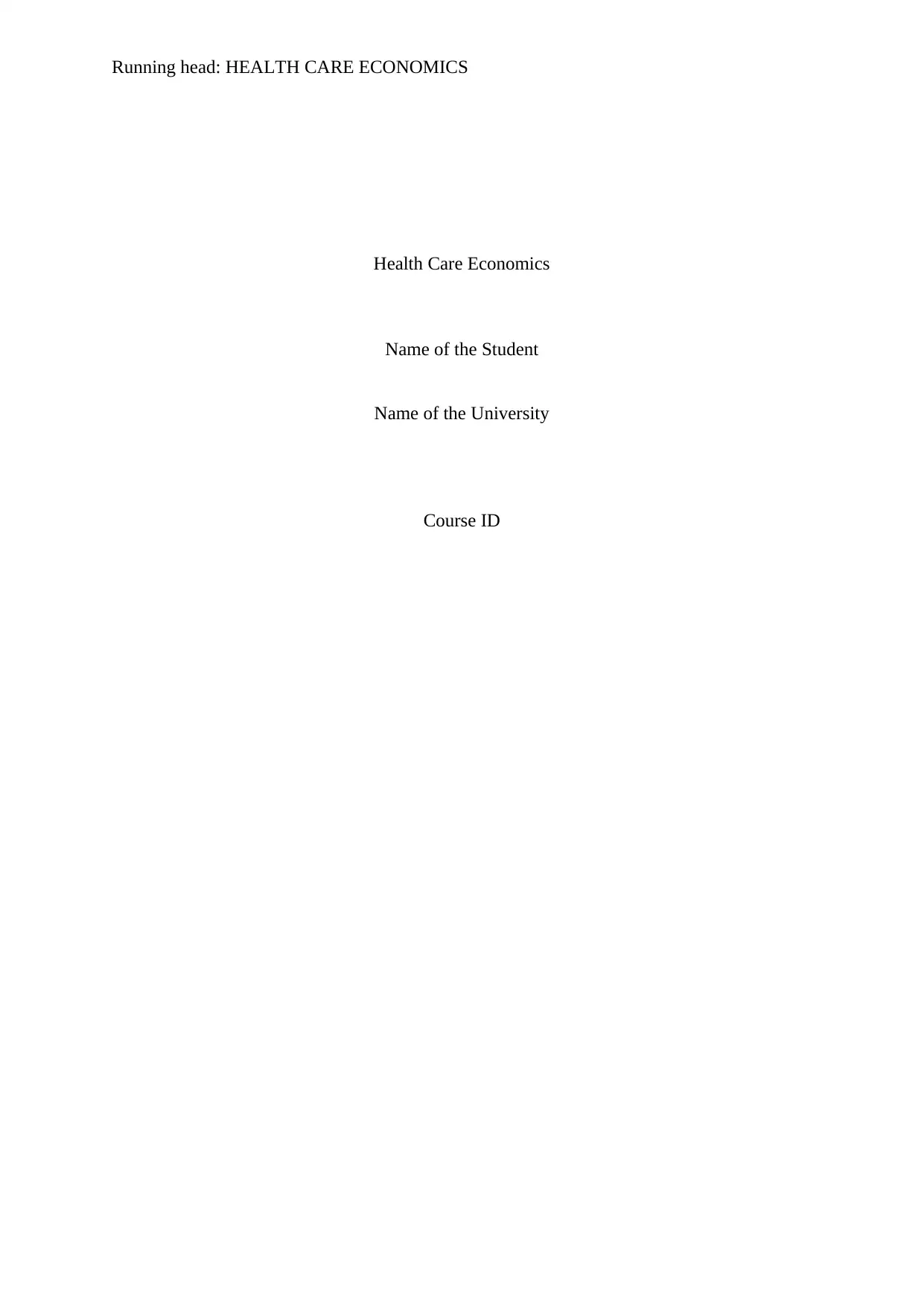
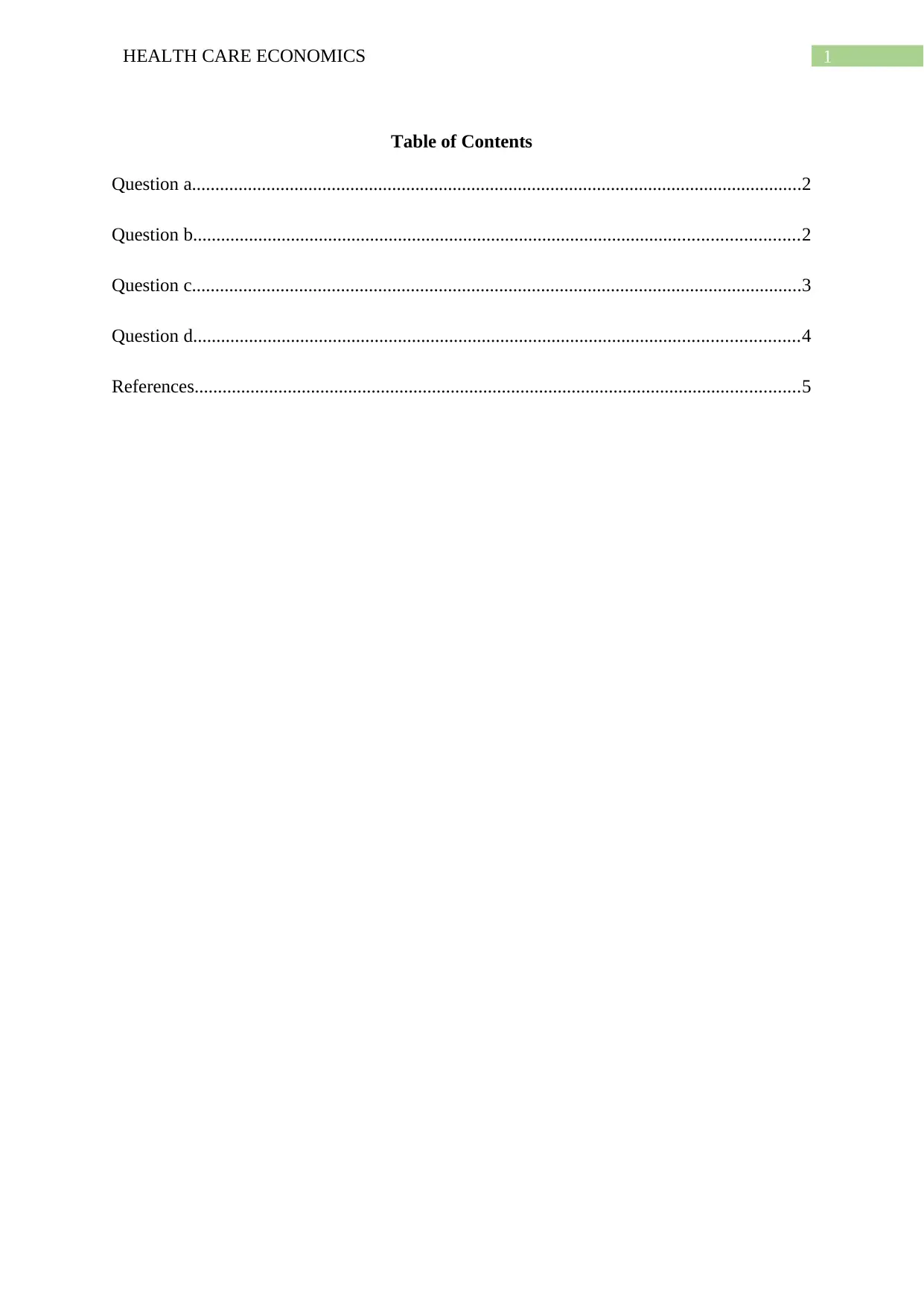
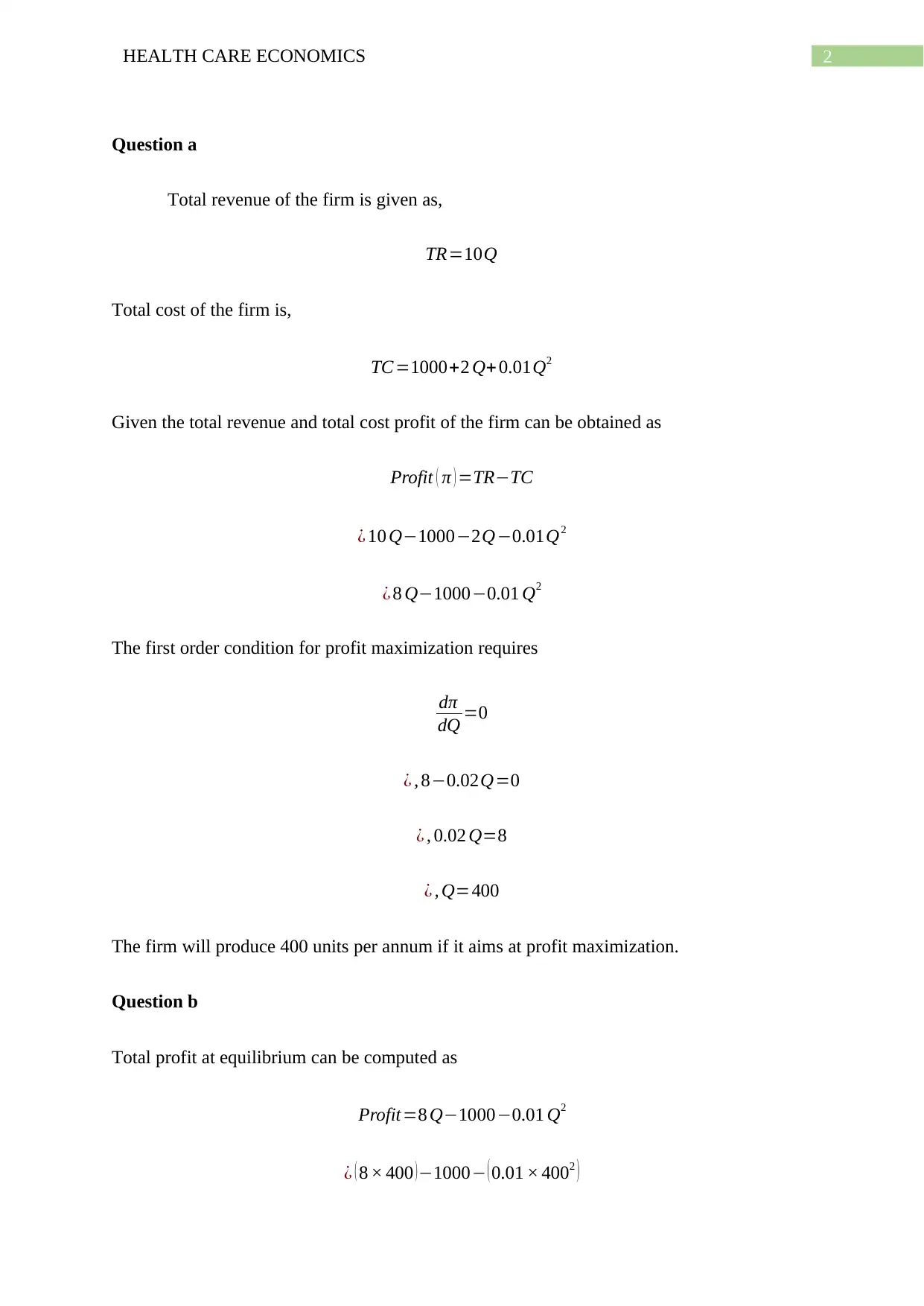

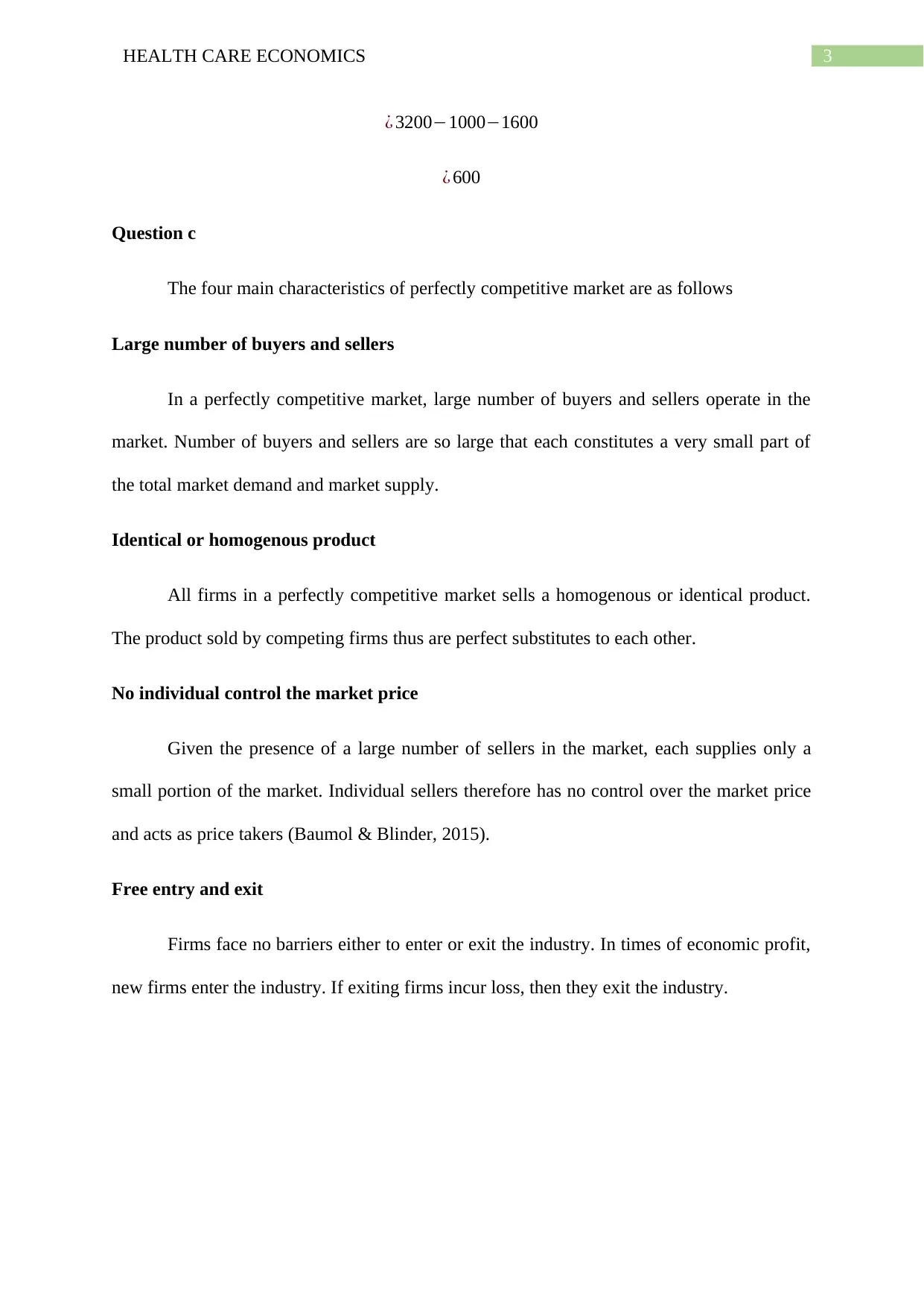
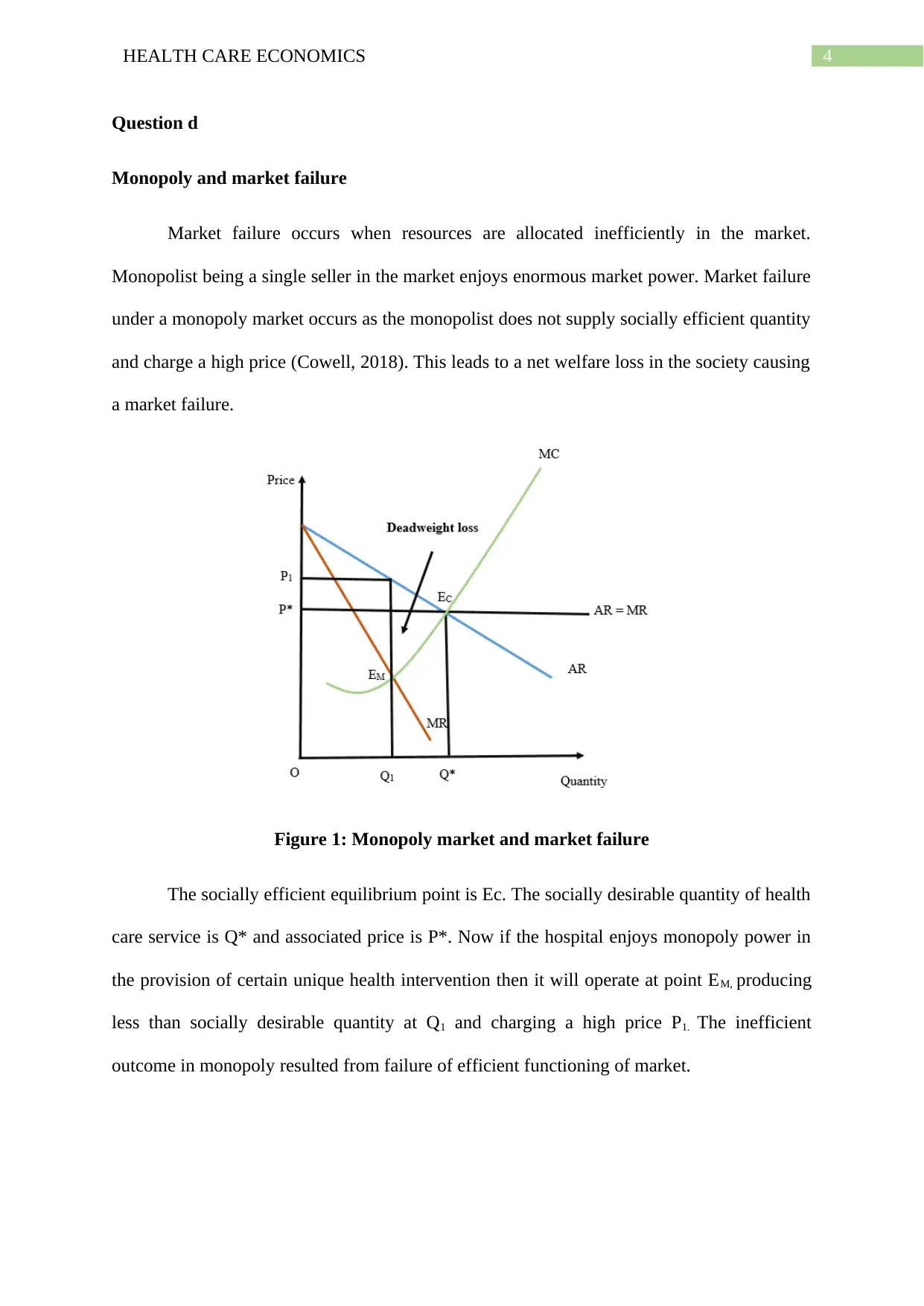
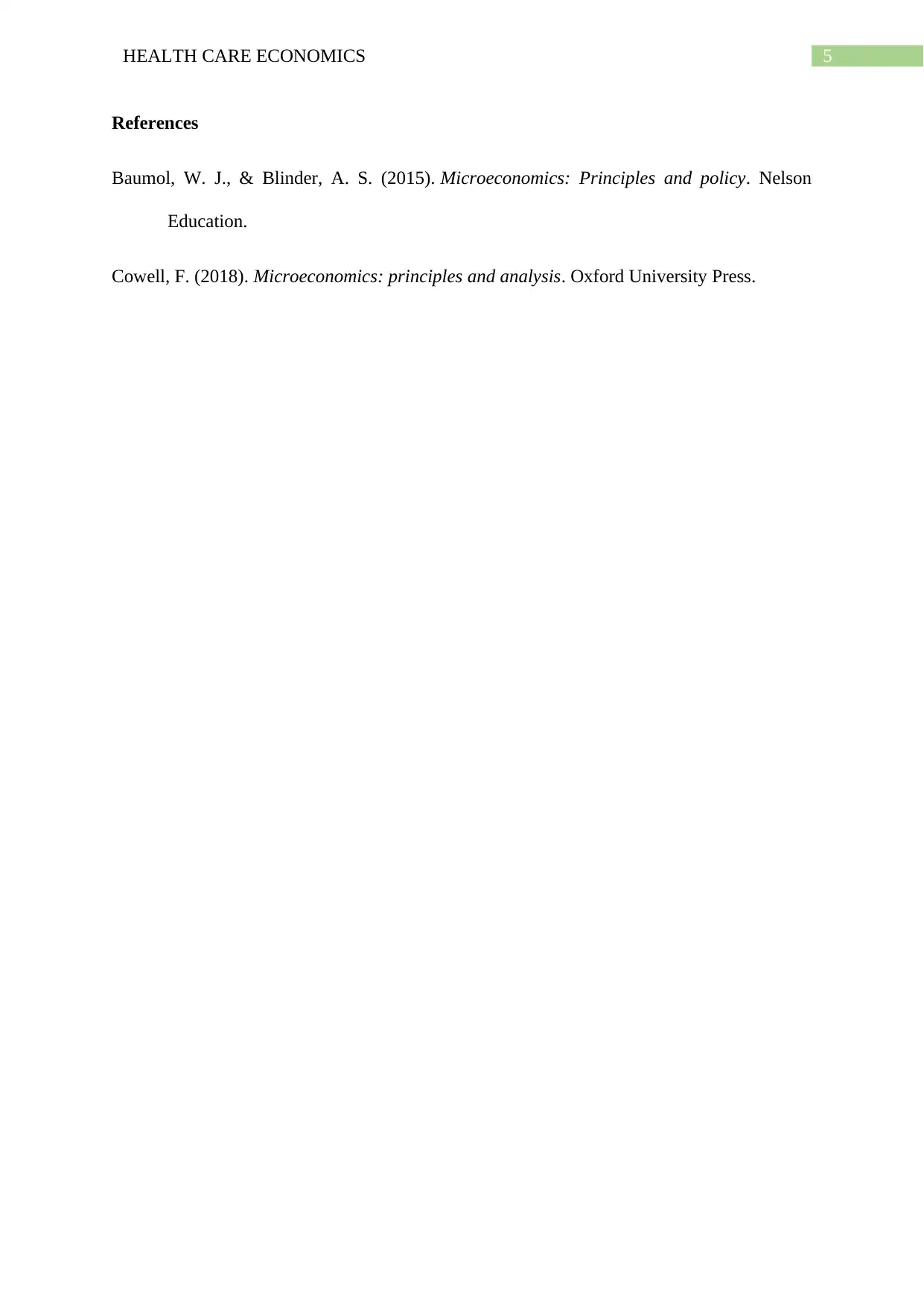






![[object Object]](/_next/static/media/star-bottom.7253800d.svg)